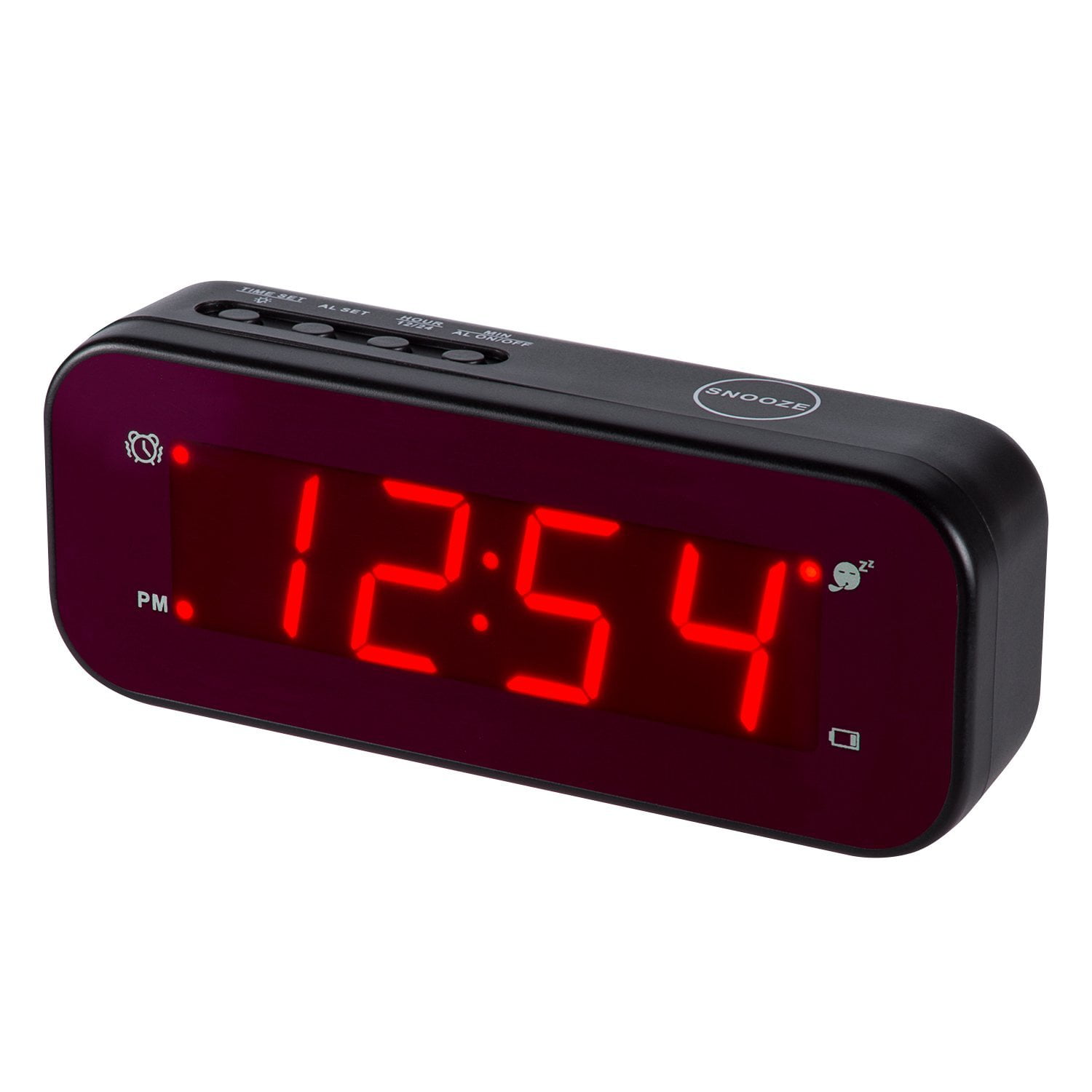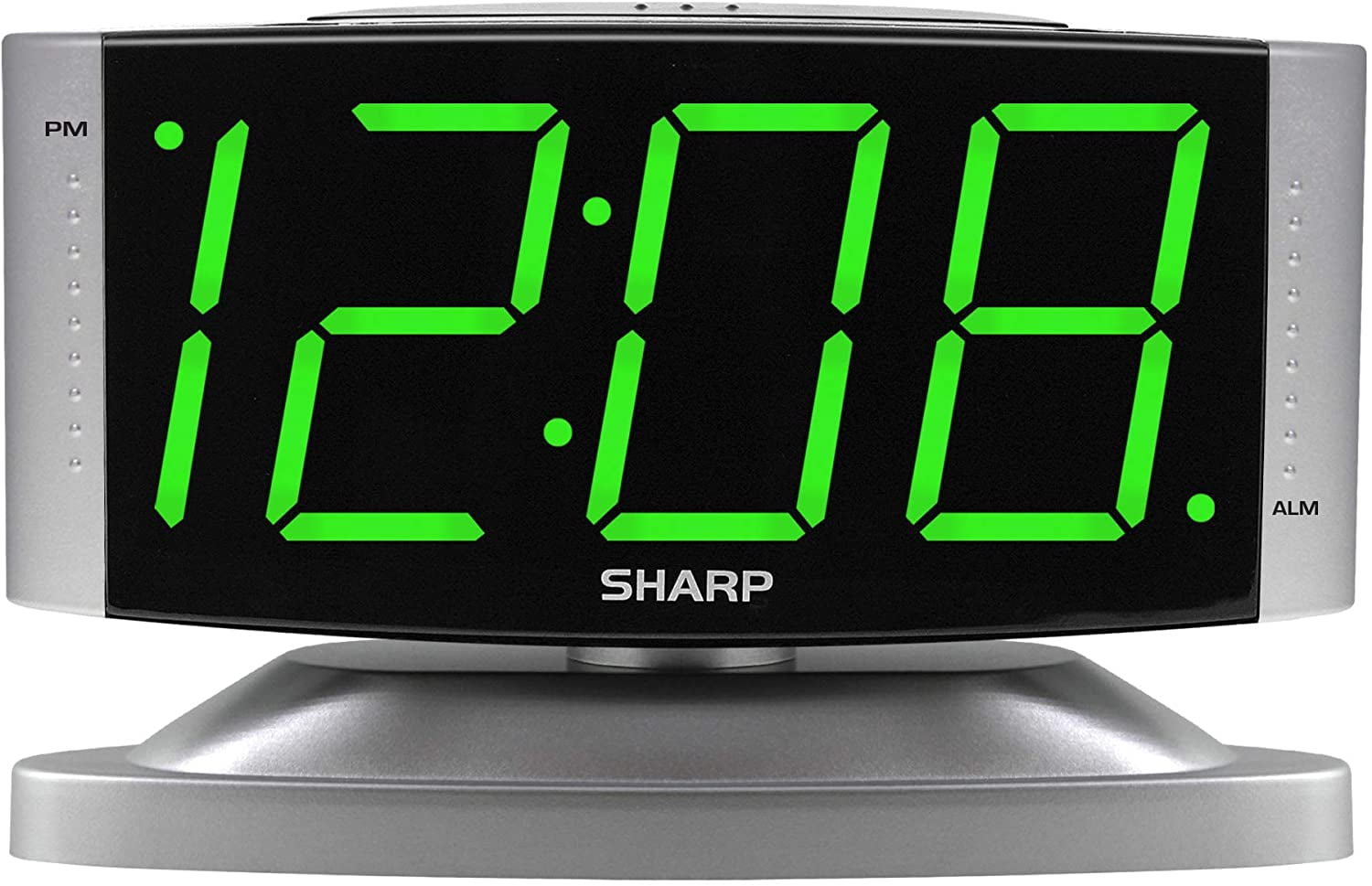

She needs to make sure she has the right time on both her digital and analogue clocks.īetsy looks at the digital clock on her wall. The video follows Betsy the Beaver who needs to get ready to go to a friend’s house. Video 1: Helping Betsy the Beaver Tell Time Understand the time terms “o’clock” and “thirty.”Ģ Videos to Help You Teach Common Core Standard: 1.MD.3īelow we provide and breakdown two videos to help you teach your students this standard.Relate analogue clock time to digital clock time, and vice versa.Draw a minute and hour hands on a clock to the half hour and hour interval.Tell time at least to the half hour and hour interval.Recall the number of minutes in a half hour hour.Recall the number of minutes in an hour.Differentiate between the hour and minute hand on an analog clock.Differentiate between an analogue and digital clock.Students who understand this principle can: MD.1).Ĭommon Core Standard: 1.MD.3 - Tell and write time in hours and half-hours using analog and digital clocks. And further on, they will solve word problems involving addition and subtraction of time intervals in minutes (3.

They will learn to tell and write time to the nearest minute and measure time intervals in minutes. Later, your students will learn to tell and write time from analog and digital clocks to the nearest five minutes, both a.m. While reading a clock may be new to most students, this 1st grade skill expands their understanding of the aspects of time they were exposed to in Kindergarten. However, in Kindergarten, they were exposed to aspects of time such as morning, afternoon, and evening. This will be the first standard that students will be learning that specifically addresses time on clocks. There are no common core standards for telling time on clocks in Kindergarten. Then, we provide a breakdown of the specific steps in the videos to help you teach your class.

Below we show two videos that demonstrate this standard.
Digital clocks how to#
The diode will have a band painted on one end - this band should be the end connected to the resistor.Learning how to tell and write time on both a digital and analogue clock is a first grade, Common Core math skill: 1.MD.3. The 1-K-ohm resistor makes sure that the current to the zener diode is limited so we do not burn out the diode.

This is perfect for clocking the TTL counters. The zener diode therefore turns a 10-volt sine wave into a clipped wave oscillating between 0 and 5 volts. A zener diode is also a one-way valve, but it also passes electrons in the other direction if they are above a certain voltage. A diode is a one-way valve for electrons.


 0 kommentar(er)
0 kommentar(er)
